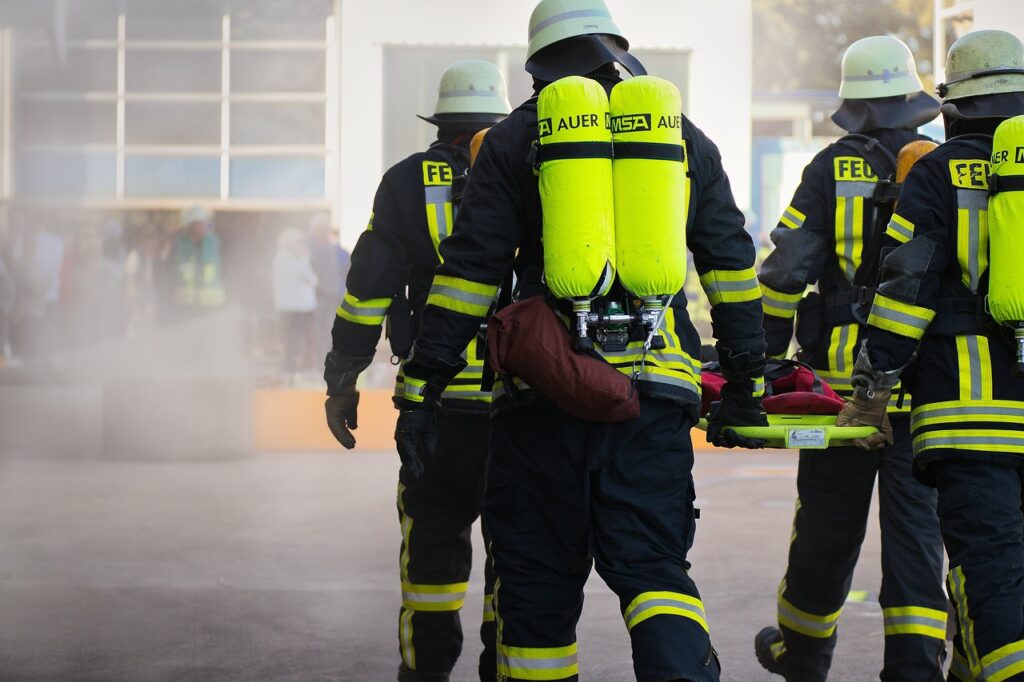
(Rightallegiance.com) – In recent days, Texas has been grappling with a wildfire of monumental proportions, now recorded as the state’s second-largest in its history. This wildfire, rapidly advancing through the Panhandle, has compelled evacuations and led to widespread power disruptions, presenting a formidable challenge to firefighters tasked with curbing its spread.
This vast fire, originating within a group of uncontrolled blazes, posed significant threats to several rural communities. Efforts to mitigate the situation saw local authorities enacting road closures and issuing evacuation directives. The fire, which expanded to cover an area of nearly 800 square miles, even extended its reach into Oklahoma, remaining entirely uncontained by the break of dawn, as reported by the Texas A&M Forest Service.
The cause of the fire remains unspecified; however, it is believed that a combination of factors such as strong winds, dry vegetation, and unusually high temperatures have contributed to the intensity and spread of the flames. The situation became particularly tense in the vicinity of Borger, a town of approximately 13,000 inhabitants, where emergency officials took to social media to advise and reassure residents. Adrianna Hill, a local resident, described the perilous situation as a “ring of fire” encircling Borger, highlighting the critical role of a change in wind direction in averting potential disaster.
In response to the escalating crisis, Governor Greg Abbott declared a disaster across 60 counties, underlining the severity of the situation. The Pantex Plant, a key facility involved in the disassembly of America’s nuclear arsenal, temporarily halted operations due to the approaching fire, although it resumed normal operations the following day.
The fires have predominantly affected the high plains of Texas, an area characterized by its vast expanses, cattle ranches, and oil rigs. The Smoke House Creek Fire, in particular, has expanded to a size that is more than half that of Rhode Island, marking a significant increase from its initial size at the start of the week.
Despite the dire circumstances, the weather forecast offered a glimmer of hope, predicting cooler temperatures, reduced wind speeds, and possible rainfall. Authorities have been proactive in issuing evacuation orders and urging residents to stay alert to emergency notifications on their mobile devices.
The extent of damage to homes and other structures remains unclear, with emergency officials reporting varying degrees of destruction. The Pantex Plant, situated northeast of Amarillo, took precautionary measures by evacuating nonessential personnel, though firefighters were stationed on-site to address any emergent situations.
Evacuation orders extended beyond Texas, affecting areas in Oklahoma as well. Texas state Senator Kevin Sparks and the Hemphill County Sheriff’s Office were among those issuing directives for residents to seek safety.
The fire’s proximity to Amarillo introduced additional concerns, particularly for individuals with respiratory conditions, as smoke from the fires began to affect the city. This event coincides with broader fire-danger alerts across several states, highlighting the widespread nature of wildfire risks under current environmental conditions.
In a separate incident in Nebraska, a mower accident sparked a significant prairie fire, burning an area comparable in size to Omaha, underscoring the heightened susceptibility to wildfires across the region. This series of events serves as a stark reminder of the challenges posed by wildfires, necessitating vigilant preparedness and response strategies to safeguard communities and natural resources.